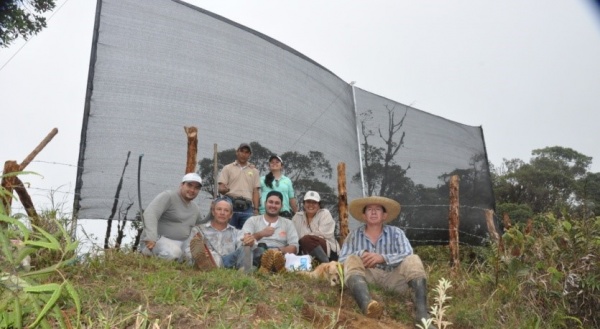Conservation and restoration actions in a Dry Forest ecosystem in the Santa Rosa Watershed, Colombia
30.11.2017
-
SUBMITTED ORGANISATION :
-
Corporación Ambiental y Forestal del Pacífico (CORFOPAL)
-
DATE OF SUBMISSION :
-
30/11/2017
-
REGION :
-
South America
-
COUNTRY :
-
Colombia (San José del Salado, Dagua Municipality, Cauca Valley Department)
-
SUMMARY :
-
This project demonstrated that through the implementation of Landscape Management Tools it´s possible to improve the well-being and promote more sustainable livelihoods in a rural community, that faces the consequences of inadequate use of land and biodiversity. We implemented Landscape Management Tools such as isolation of natural cover relicts, enrichment of conservation areas, improvement of pastures, and reconversion activities to sustainable productive systems (silvopastoril systems). Additionally, we carried out participatory workshops about biopreparates, restoration and conservation, and organic fertilizers; we established conservation agreements with land owners, and installed a mist-catchment system to secure the water provision for the silvopastoril system. We accomplished the expansion of 3.4 ha for strict conservation of the protective forest, and capacity building in the local community to sustain the implementations in the long term. We were able to share the results of this project in a national conference on Restoration Ecology, and produced divulgation material in the form of brochures.
-
KEYWORD :
-
Sustainable production, ecosystem services, conservation, restoration, productive landscape
-
AUTHOR:
-
Sebastián Orjuela, Andrés Quintero, Sara Rodríguez (CORFOPAL)
-
LINK:
Summary Sheet
The summary sheet for this case study is available here.







